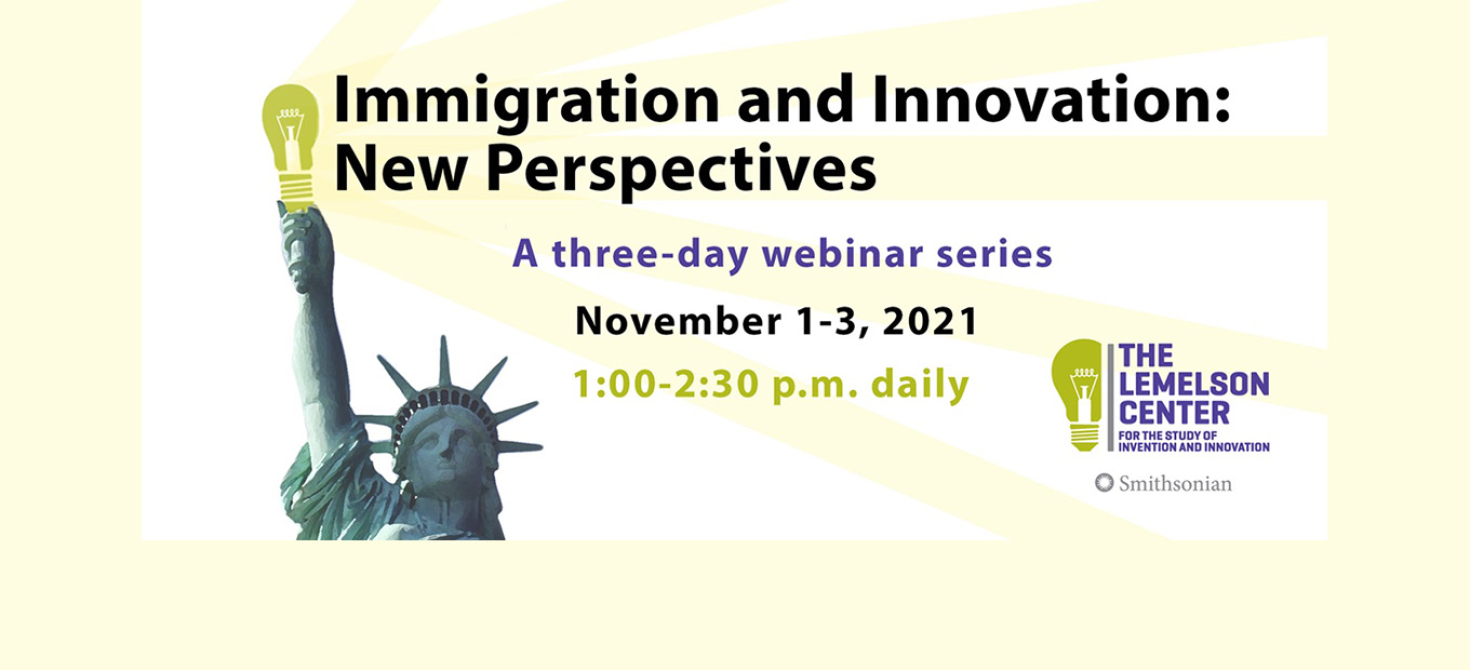ABOUT
Immigration has long been—and remains—a key driver of American innovation.
From telephone inventor Alexander Graham Bell (Scotland) to Zoom founder Eric Yuan (China), many of our most celebrated inventors and entrepreneurs were born elsewhere before developing successful technologies in the United States. In this three-day webinar series, we explored the history, impact, and contemporary experiences of foreign-born inventors. Our speakers—historians, economists, policymakers, and immigrant inventors—examined the factors that have made the United States an attractive destination for aspiring inventors and the attitudes and mindsets that have driven their success. We also considered how foreign-born inventors have been central to historical and contemporary policy debates concerning immigration, innovation, American competitiveness, and national security.
November 1, 2, and 3, 2021
1–2:30 p.m. ET daily
The National Museum of American History welcomes visitors of all ages and abilities. CART captioning was available for this online program. Additional accommodations are available upon request; please email nmahprograms@si.edu.
Image above: Leo Baekeland (1863–1944) emigrated from his native Belgium to the United States in 1889. His invention of the first fully synthetic plastic—Bakelite—was dubbed “The Material of a Thousand Uses,” with applications ranging from electrical insulators to telephones to jewelry.
PROGRAM & SESSION RECORDINGS
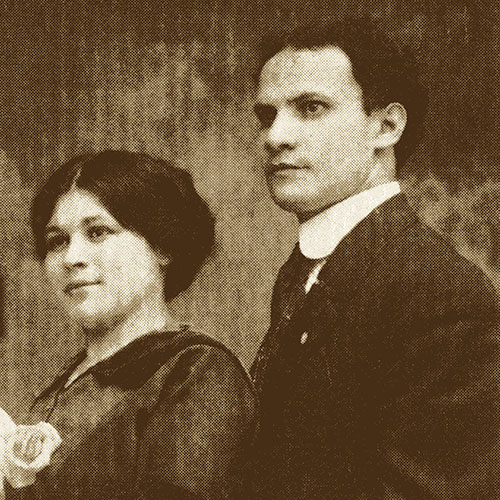
SPEAKERS & MODERATORS
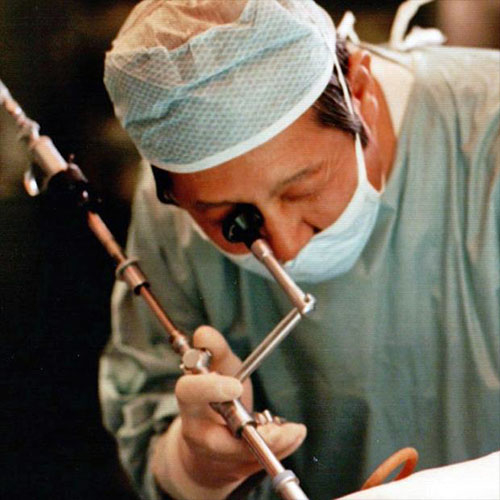
WELCOME
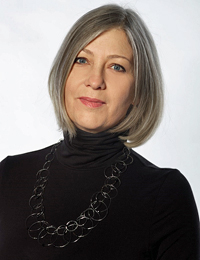
Anthea M. Hartig, Elizabeth MacMillan Director, National Museum of American History. © Smithsonian Institution; photo by Jaclyn Nash
Anthea M. Hartig, Elizabeth MacMillan Director, National Museum of American History
Anthea M. Hartig is the Elizabeth MacMillan Director of the Smithsonian’s National Museum of American History and the first woman to hold the position since the museum opened in 1964. Hartig oversees 257 employees, a budget of more than $40 million and a collection that includes 1.8 million objects and more than three shelf-miles of archives. Before joining the Smithsonian in 2019, she served as the executive director and CEO of the California Historical Society in San Francisco. She earned her doctorate and master’s degrees in history at the University of California, Riverside, her bachelor’s degree at the University of California, Los Angeles, and studied as an undergraduate and graduate student at the College of William and Mary.
SPEAKERS
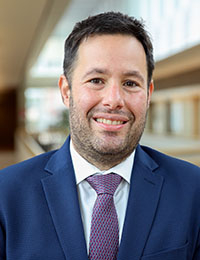
Dany Bahar, Associate Professor, Watson Institute for International and Public Affairs, Brown University. Courtesy of Watson Institute, Brown University
Dany Bahar, Associate Professor, Watson Institute for International and Public Affairs, Brown University
Dany Bahar is an Associate Professor of Practice of International and Public Affairs at Brown University's Watson Institute. An Israeli and Venezuelan economist, he is affiliated with The Growth Lab at the Harvard Center for International Development, the Brookings Institution, CESifo Group Munich and IZA Institute of Labor Economics. His research focuses on the diffusion of technology and knowledge within and across borders; he is especially interested in migrants and refugees as drivers of innovation and entrepreneurship and the benefits they bring to both their countries of origin and destination. Bahar holds a BA in systems engineering from Universidad Metropolitana (Caracas, Venezuela), an MA in economics from the Hebrew University of Jerusalem, an MPA in international development from the Harvard Kennedy School, and a PhD in public policy from Harvard University.
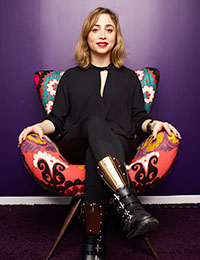
Ayah Bdeir, inventor, entrepreneur, and activist. Courtesy of Ayah Bdeir and TED
Ayah Bdeir, inventor, entrepreneur, and activist
Ayah Bdeir is an entrepreneur, engineer, and social activist. She is the inventor of littleBits, the electronic building block that has transformed STEM education for millions of kids around the world. For over a decade, Bdeir's work has centered around empowering everyone to be an inventor—by modularizing and democratizing electronics, by pioneering new ways of learning through play, and by reimagining the relationship between technology and creativity. Bdeir has been particularly focused on empowering underrepresented communities, especially girls, with the tools to become tomorrow's changemakers. Bdeir has received numerous awards and holds over a dozen patents; her inventions are included in the permanent collection of the Museum of Modern Art (MoMA). Bdeir graduated from the MIT Media Lab and the American University of Beirut. She is from Beirut, Lebanon, and lives and works in New York.
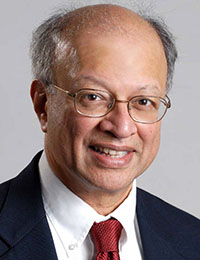
Ashok Gadgil, Professor, Civil and Environmental Engineering, University of California, Berkeley. Courtesy of the University of California, Berkeley
Ashok Gadgil, Professor, Civil and Environmental Engineering, University of California, Berkeley
Ashok Gadgil is a Distinguished Professor of Safe Water and Sanitation in the Department of Civil and Environmental Engineering at the University of California, Berkeley. He is also a Faculty Senior Scientist in the Energy Technologies Area of Lawrence Berkeley National Laboratory. He has several patents and inventions, and more than 140 scientific publications to his credit. Dr. Gadgil is the recipient of numerous awards and honors for his work, including the Heinz Award, the Zayed Future Energy Prize, the Lemelson-MIT Global Innovator Award, induction into the National Inventors Hall of Fame, and election to the National Academy of Engineering.
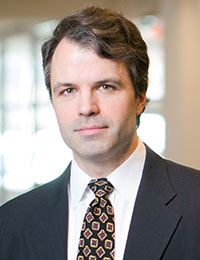
William R. Kerr, Professor, Entrepreneurial Management, Harvard Business School. Courtesy of Harvard Business School
William R. Kerr, Professor, Entrepreneurial Management, Harvard Business School
William R. Kerr is the D’Arbeloff Professor of Business Administration at Harvard Business School. Kerr is the Unit Head of Entrepreneurial Management, co-director of Harvard’s Managing the Future of Work initiative, and the faculty chair of the Launching New Ventures program. He is a recipient of the Ewing Marion Kauffman Foundation’s Prize Medal for Distinguished Research in Entrepreneurship and Harvard's Distinction in Teaching award. His recent book is The Gift of Global Talent: How Migration Shapes Business, Economy & Society (Stanford University Press, 2018).
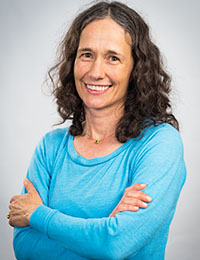
Petra Moser, Professor of Economics, Leonard N. Stern School of Business, New York University. Courtesy of New York University
Petra Moser, Professor of Economics, Leonard N. Stern School of Business, New York University
Petra Moser is Professor of Economics at New York University’s Leonard N. Stern School of Business. Using methods from empirical microeconomics and economic history, she observes historical variation in patent and copyright laws to examine the effects of intellectual property on science, technological innovation, and artistic creativity. Her research also investigates the impact of immigrants on US innovation and examines the biological underpinnings of individual-level differences in entrepreneurship and creativity. She was an undergraduate student at the University of Tübingen in Germany and a Fulbright Student at the University of Missouri-Columbia. She received her MA in International Relations from Yale University and holds a PhD in Economics from the University of California, Berkeley.
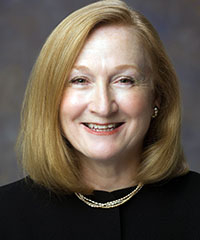
Ruth Wasem, Professor of Public Policy Practice, Lyndon B. Johnson School of Public Affairs, University of Texas at Austin. Courtesy of the University of Texas at Austin
Ruth Wasem, Professor of Public Policy Practice, Lyndon B. Johnson School of Public Affairs, University of Texas at Austin
Ruth Ellen Wasem is a Professor of Public Policy Practice at the Lyndon B. Johnson School of Public Affairs at the University of Texas, where she teaches courses on immigration policy and legislative development. For more than 25 years, Wasem was an immigration policy specialist at the US Library of Congress’s Congressional Research Service. She has testified before Congress on asylum policy, legal immigration trends, human rights, and the push-pull forces on unauthorized migration. Wasem is completing a book about the legislative drive to end race- and nationality-based immigration and is also developing a new book, tentatively titled Ebb and Flow: US Immigration Policy Over Time. She holds a BA in history from Muskingum College, and an MA and PhD in history from the University of Michigan.
MODERATORS
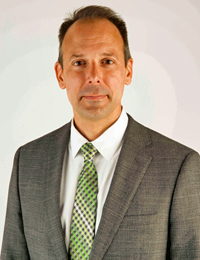
Arthur Daemmrich, Director, Lemelson Center for the Study of Invention and Innovation, National Museum of American History. © Smithsonian Institution; photo by Richard Strauss
Arthur Daemmrich, Director, Lemelson Center for the Study of Invention and Innovation, National Museum of American History
Arthur Daemmrich is the Director of the Lemelson Center for the Study of Invention and Innovation at the Smithsonian Institution. He has led research projects on the history of pharmaceutical innovation and regulation, chemical risk, and healthcare systems, and is currently researching the history of industrial revolutions and the governance of sports technology. Daemmrich has published in the fields of science and technology studies, history of technology, medical sociology, and business policy. Previously an associate professor at the University of Kansas, assistant professor at Harvard Business School, and visiting professor at the China Europe International Business School, he holds a PhD from Cornell University and a BA from the University of Pennsylvania.
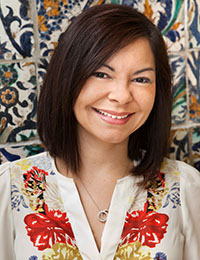
Margaret Salazar-Porzio, Curator of Latinx History and Culture, Division of Cultural and Community Life, National Museum of American History. © Smithsonian Institution; photo by Jaclyn Nash
Margaret Salazar-Porzio, Curator of Latinx History and Culture, Division of Cultural and Community Life, National Museum of American History
Margaret Salazar-Porzio, PhD, is Curator of Latinx History and Culture in the Division of Cultural and Community Life at the Smithsonian’s National Museum of American History. She co-curated the Many Voices, One Nation (2017) exhibition and produced the companion book. She is also project director of the bilingual exhibition and book, ¡Pleibol! In the Barrios and the Big Leagues / En los barrios y las grandes ligas, which opened at the National Museum of American History in Washington, DC in July 2021. Dedicated to public history and community-driven projects, Salazar-Porzio works closely with partners to co-curate exhibitions and build archives and collections.
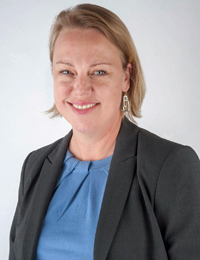
Monica M. Smith, Head of Exhibitions and Interpretation, Lemelson Center for the Study of Invention and Innovation, National Museum of American History. © Smithsonian Institution; photo by Richard Strauss
Monica M. Smith, Head of Exhibitions and Interpretation, Lemelson Center for the Study of Invention and Innovation, National Museum of American History
Monica M. Smith is the Head of Exhibitions and Interpretation for the Smithsonian's Lemelson Center for the Study of Invention and Innovation. She oversees conceptual and logistical planning for exhibitions, including serving as project director, principal investigator, and co-curator for the in-progress Game Changers exhibition, the award-winning Places of Invention exhibition currently on view at the National Museum of American History, and the earlier award-winning Invention at Play traveling exhibition, all three of which received prestigious $1.5-3M grants from the National Science Foundation (NSF).
VIRTUAL TOUR
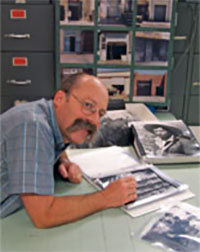
Peter Liebhold, Curator Emeritus, Division of Work and Industry, National Museum of American History. © Smithsonian Institution
Peter Liebhold, Curator Emeritus, Division of Work and Industry, National Museum of American History
Peter Liebhold's research focuses on the culture of work, management practice, manufacturing technology, agricultural history, and the methods and motivations of technological change. Throughout his professional life, he has been involved with industrial history and the effort to preserve the working history of the nation. At the Smithsonian since 1985, he has curated and co-curated numerous exhibitions including: American Enterprise; Bittersweet Harvest: The Bracero Program 1942-1964; Treasures of American History; Barriers to Bridges: Asian American Immigration after Exclusion; America on the Move; Between a Rock and a Hard Place: A History of American Sweatshops, 1820–Present; Images of Steel, 1860–1994; Who's In Charge: Workers and Managers in the United States; and Hidden Workers, Forgotten Lives: Chinese Immigrants and the Transcontinental Railroad. In 1981, Liebhold helped open the Baltimore Museum of Industry in a renovated cannery building on the city’s historic waterfront.
Image above: Dr. InBae Yoon, an immigrant from South Korea, became fascinated with minimally invasive surgical techniques that promoted shorter recovery times and less scarring for the patient. He began inventing devices for laparoscopic surgery and received more than 200 US patents for his inventions. Photo courtesy of Dr. Yue-Cheng Yang


